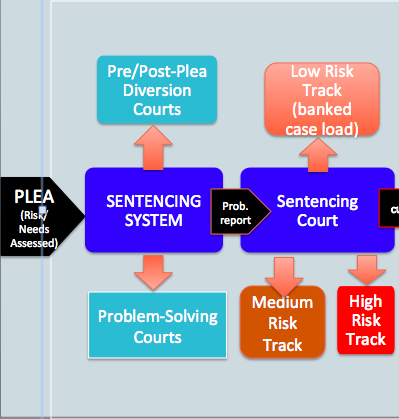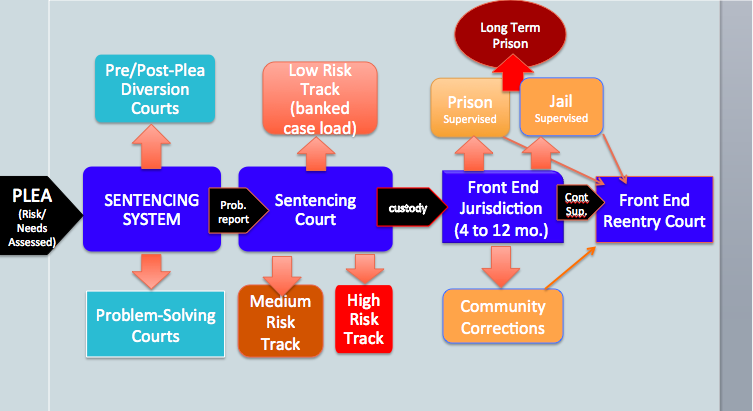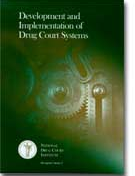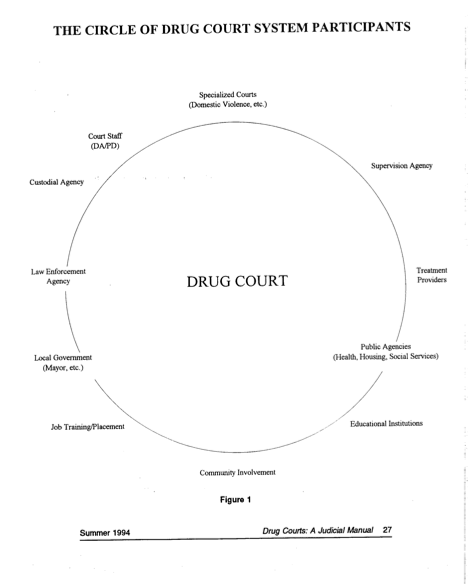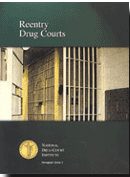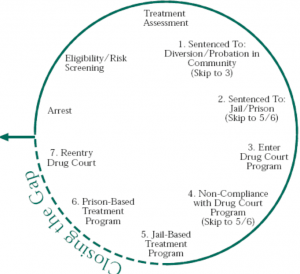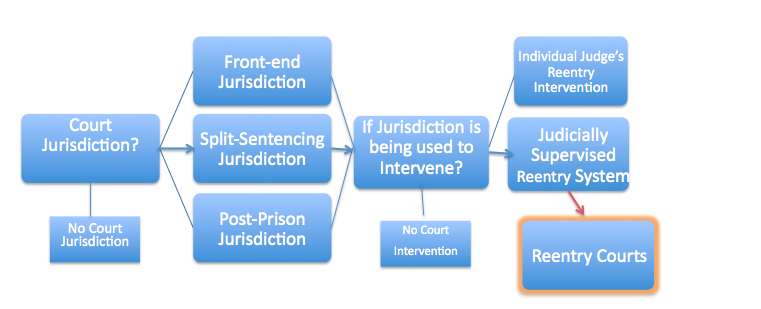May 21, 2012
 On the far right is an article regarding an election between three candidates competing for Drug court judge in Fayetteville Arkansas (click on: Washington county). When I started the Oakland F.I.R.S.T Drug court in 1990 ( Fast Intensive Rehabilitation, Supervision and Treatment), there was no one to compete with because no one knew what a drug court judge did. When they learned what the job entailed, few were particularly interested in being one. Today there are over 2,644 Drug Courts (and drug court judges) and an additional 1099 Problem-solving courts in the U.S.
On the far right is an article regarding an election between three candidates competing for Drug court judge in Fayetteville Arkansas (click on: Washington county). When I started the Oakland F.I.R.S.T Drug court in 1990 ( Fast Intensive Rehabilitation, Supervision and Treatment), there was no one to compete with because no one knew what a drug court judge did. When they learned what the job entailed, few were particularly interested in being one. Today there are over 2,644 Drug Courts (and drug court judges) and an additional 1099 Problem-solving courts in the U.S.
From those numbers, it would appear that we’re on our way to a future dominated by Problem-Solving courts. While it’s true that states are building new Problem-Solving Courts, but they’re also severely limiting the number of participants. It is estimated that no more than two percent of all felony offenders who are sentenced enter into a problem-solving court.
To have a real impact on the criminal justice system, we will need to deal with all sentenced felony offenders (and perhaps some misdeameants). Doing that will require a very different sentencing model than exists today. All convicted felons would need to go through a validated risk/needs assessment to determine their level of risk to recidivate and consequently the intensity of supervision and treatment required. Because we can predict with greater accuracy who are the high risk offenders, we can concentrate our resources on those individuals. Of course, the corollary is that the low risk offender would receive little or no supervision or treatment, as science tells us that the alternative would only increase their level of recidivism.
I am referring to an “evidence-based sentencing system” that would engage those offenders that require it and leave alone those who do not. A very selective and cost-effective model that has been tried in a very few jurisdictions, and has the promise of revolutionizing the sentencing process. We are entering new era, ultimately far more important than the one begun 20 years ago. It will be critical to keep our eye on the goal of systemically working with all felons and not just drug-offenders. And to accept the challenges posed of providing evidence-based sentencing systems for all. (see Approaches to Sentencing Systems: Parts 1-8)

